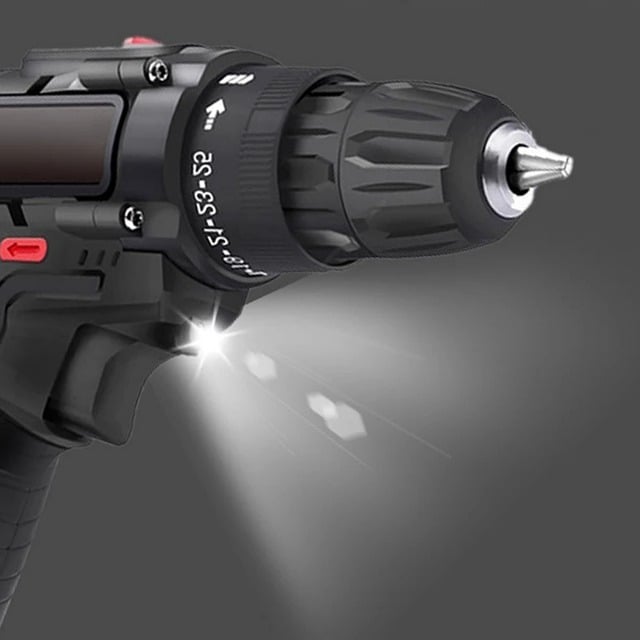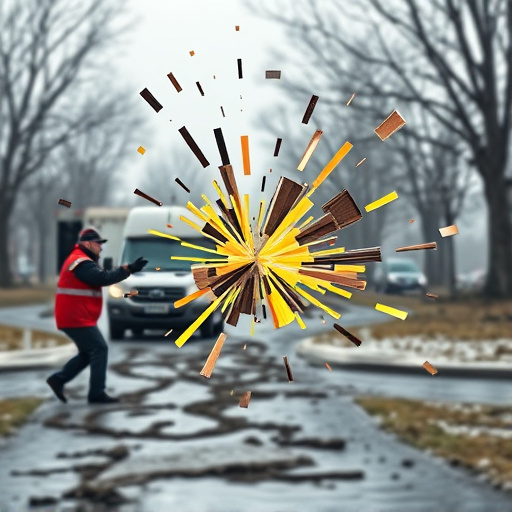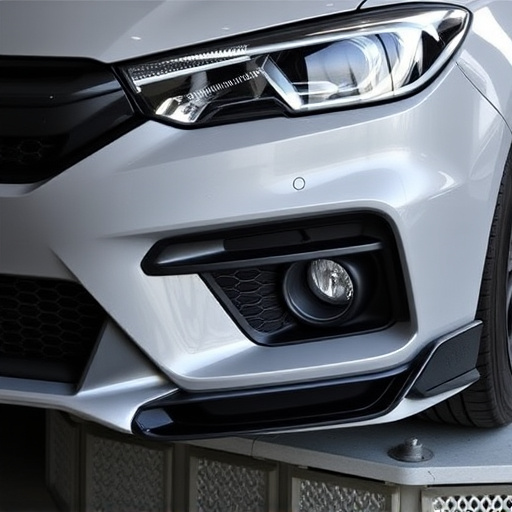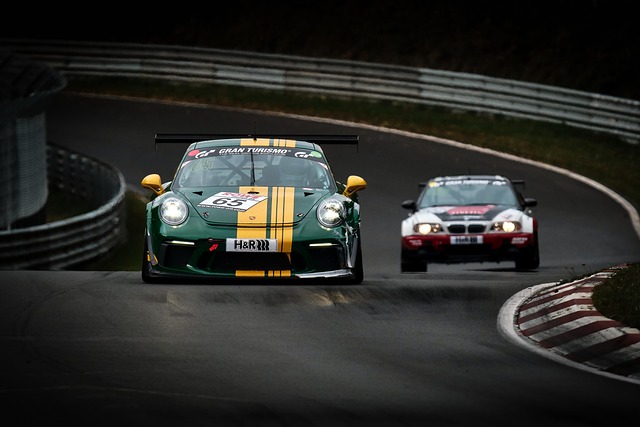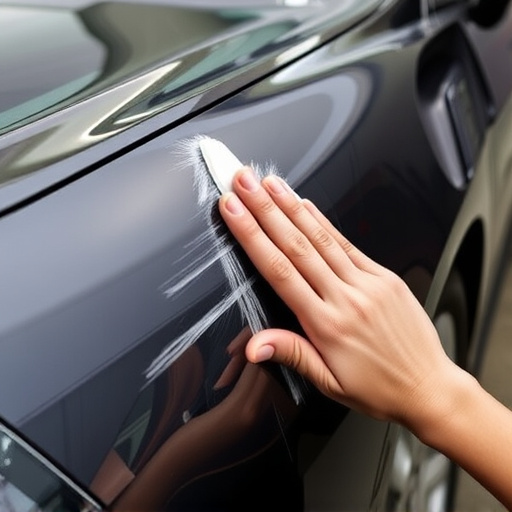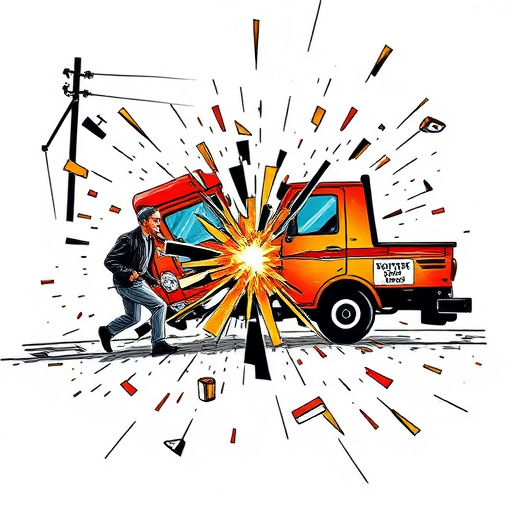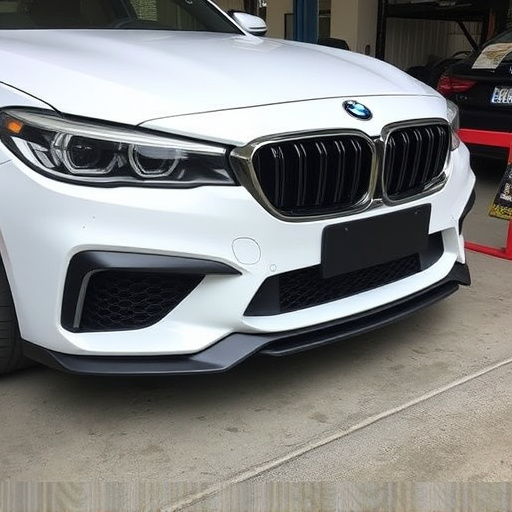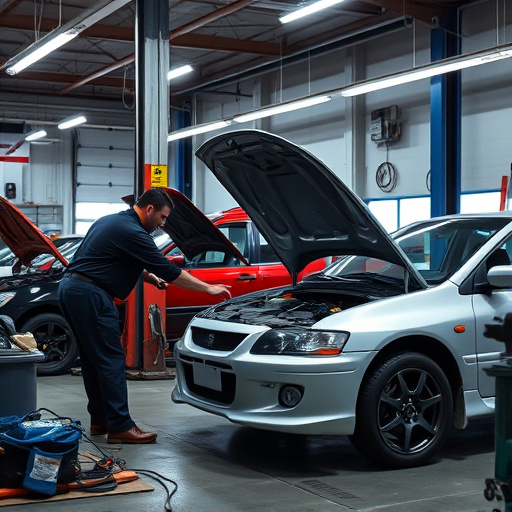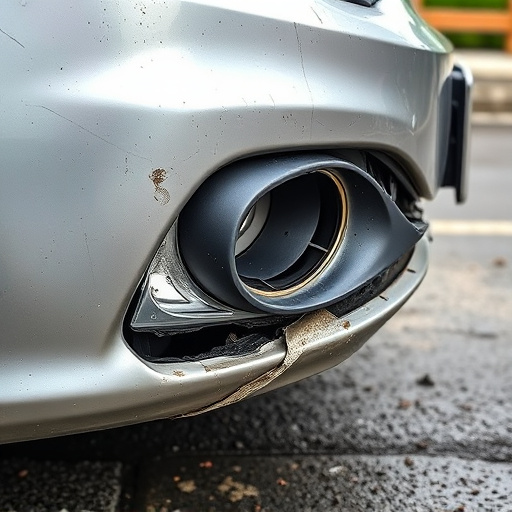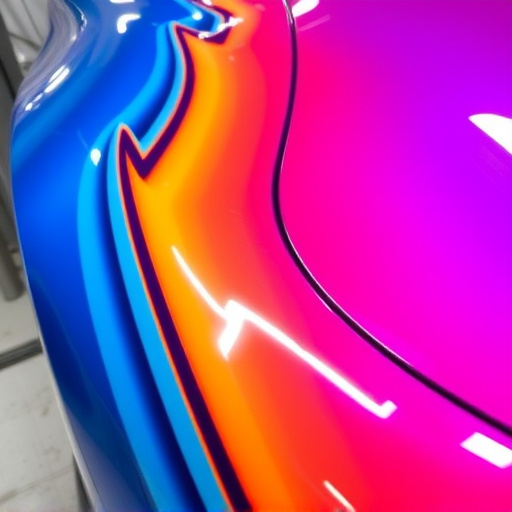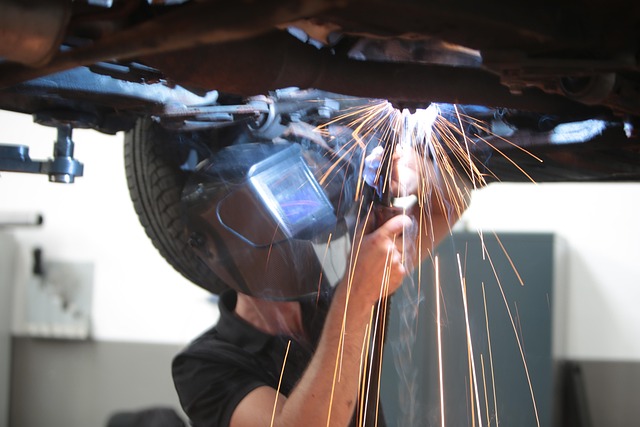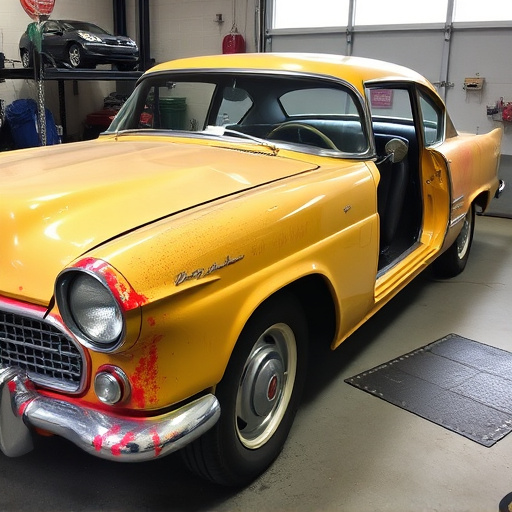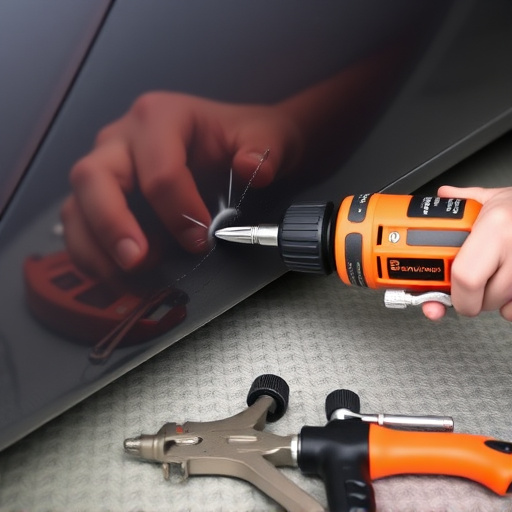Primer surfacer application is a critical step in car paint repair, creating a protective barrier that strengthens bond and prevents defects. Traditional methods like sanding and priming compete with innovative alternatives for surface preparation, offering improved durability, aesthetics, or eco-friendliness. Primer surfacer stands out for efficiency, cost, and speed but alternatives excel in complex shapes and sustainability. Choice depends on project needs regarding cost, time, and environmental impact.
In the realm of surface preparation, understanding the nuances of primer surfacer application is paramount for achieving optimal protection and aesthetics. This article delves into the heart of this process, serving as a compass for navigating diverse primer surfacer application techniques. From traditional methods to emerging alternatives, we explore how each approach shapes final outcomes. Our comparative analysis dissects the advantages and drawbacks, guiding professionals in making informed decisions tailored to specific projects.
- Understanding Primer Surfacer Application: A Foundation for Protection
- Alternative Methods: Exploring Diverse Surface Preparation Techniques
- Comparative Analysis: Advantages and Disadvantages of Each Approach
Understanding Primer Surfacer Application: A Foundation for Protection
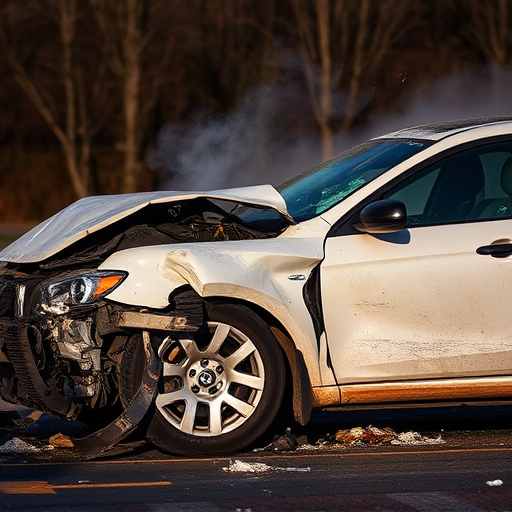
Understanding Primer Surfacer Application: A Foundation for Protection
Primer surfacer application is a crucial step in any car paint repair or car paint service process. It serves as a protective barrier between the existing paint and the new coat, enhancing the bond strength and ensuring long-lasting results. This method goes beyond simple dent removal; it involves a meticulous process of preparing the surface to accept fresh paint smoothly. By filling in imperfections and creating a smooth base, primer surfacer application lays the groundwork for a seamless finish.
The significance lies in its ability to unify the old and new paint, preventing blisters, runs, and other defects that can arise from an uneven surface. This is particularly evident when undertaking car paint repairs or considering car paint services. A well-applied primer surfacer acts as a bridge, ensuring the new coat adheres securely, leading to a more durable and visually appealing finish.
Alternative Methods: Exploring Diverse Surface Preparation Techniques
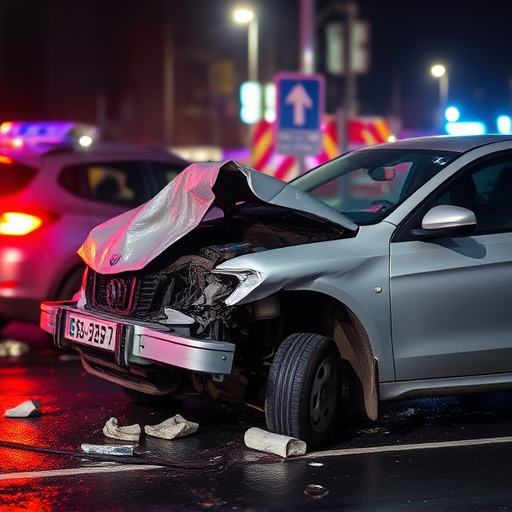
In the realm of automotive aesthetics and protection, surface preparation is a critical step often overlooked. Traditional methods for achieving a smooth base before painting involve sanding, cleaning, and priming. However, with evolving technologies, several alternative techniques have emerged, each promising unique advantages over conventional primer surfacer application. These innovations cater to both professional autobody repairs and DIY enthusiasts looking to enhance their vehicle’s appearance.
Alternative methods include the use of advanced chemical solutions, such as etch primers that create a more porous surface for better paint adhesion. Some techniques involve mechanical preparations like shot blasting or media blasting, which remove imperfections and contaminants from the metal surface. For eco-conscious consumers, water-based coatings are gaining popularity as a cleaner and safer option compared to traditional solvent-based primer surfacers. These diverse approaches to surface preparation aim to streamline the process, improve durability, and offer a range of choices for those seeking top-notch auto repair near them or considering DIY vehicle body repairs.
Comparative Analysis: Advantages and Disadvantages of Each Approach
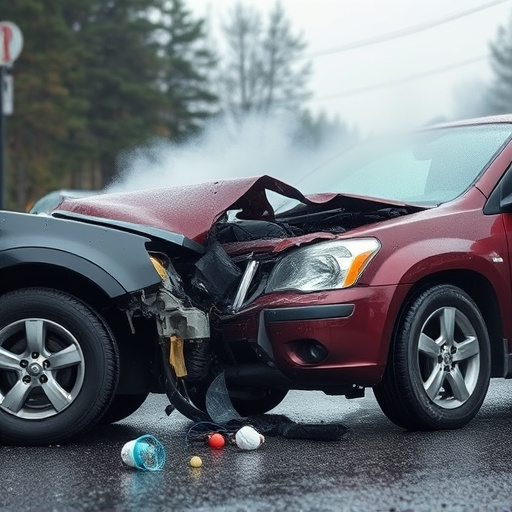
When comparing primer surfacer application to alternative methods for vehicle repair and restoration, such as those offered by auto repair near me or specialized classic car restoration services, several key advantages and disadvantages emerge. Primer surfacer application stands out for its efficiency and cost-effectiveness, making it a popular choice for both professional and DIY enthusiasts in the automotive industry. The process involves spraying a thin layer of primer over prepared surfaces to create an even base for subsequent coatings. This method offers quick drying times, minimal mess, and excellent adhesion for subsequent paint jobs, whether for regular vehicle maintenance or intricate classic car restoration projects.
However, alternative methods may offer better long-term durability and aesthetic appeal in certain cases. For instance, traditional hand-applied primers can provide a more even and nuanced finish, especially for complex shapes and contours that are difficult to reach with a spray gun. Additionally, some auto repair near me services or classic car restoration specialists might employ eco-friendly or low-VOC products, catering to growing environmental concerns among vehicle owners. While these alternative approaches may come at a higher cost and take longer, they contribute to more sustainable practices in the automotive sector—a trend that is gaining traction, especially for those who prioritize not just the look but also the ecological impact of their vehicle repair services.
In comparing various surface preparation techniques, it’s evident that primer surfacer application offers a comprehensive solution for protecting and enhancing surfaces. Its advantages, such as improved adhesion and durable protection, make it a preferred choice in many industries. While alternative methods have their merits, the versatility and effectiveness of primer surfacer application make it the go-to option for ensuring long-lasting results in diverse projects, from automotive repairs to industrial coatings.
